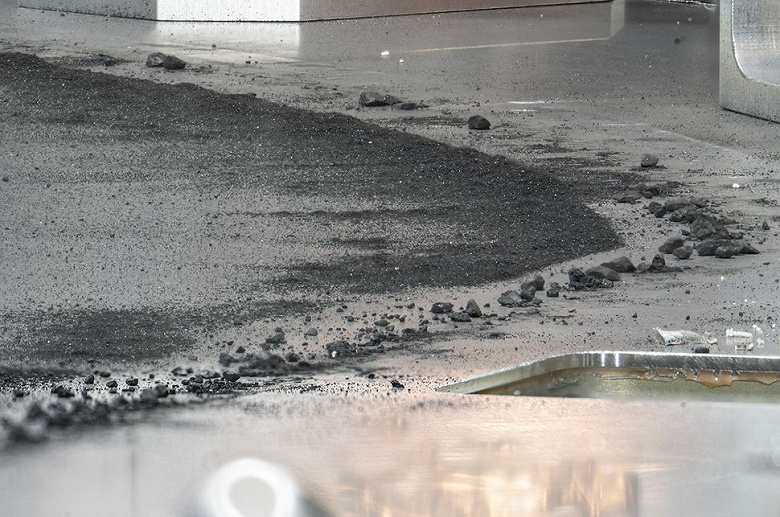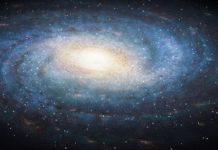On November 3, the National Museum of Natural History will present an exhibition with samples of the asteroid Bennu. The samples are of high scientific importance and will deepen our understanding of the formation of the Solar System and the emergence of life on Earth
On November 3, the National Museum of Natural History will present an exhibition that will be a landmark event for the scientific and public communities. The centerpiece of the exhibition will be a sample of the asteroid Bennu, which just landed on Earth as a result of the OSIRIS-Rex mission. A rare specimen will be presented in the meteorite gallery.
The opening of this exhibition will take place just 40 days after the epoch-making event – the drop of a capsule with a sample of the asteroid Bennu on Earth.

Bennu specimens on display will also be displayed at the Alfie Norville Gem and Mineral Museum in Tucson and at Space Center Houston to encourage a wider audience to think about the mysteries of the cosmos.
Bennu’s specimens are of great scientific importance. By analyzing them, scientists will be able to deepen our understanding of the formation of the solar system 4.5 billion years ago and shed light on the origins of life on Earth.
Asteroid Bennu will tell its story at an exhibition at the Smithsonian Institution
Early observations of Bennu revealed its uniqueness: unlike most asteroids, it contains carbon and possibly organic molecules similar to those that gave rise to life on Earth.
NASA scientists have already detected the presence of elements such as carbon and water in very small samples of Bennu that settled outside the main container with larger fragments. Scientists believe that such asteroids could bring water to Earth, from which the first oceans on our planet were subsequently formed.
“Bennu’s samples can tell us about the water and organic compounds that existed before life appeared on our planet,” said National Museum of Natural History curator Tim McCoy. He also noted that the exhibit selected specimens that, while scientifically significant, were represented in large numbers among the rocks brought to Earth.
The exhibition opportunity “The Discovery of Bennu: Peering into the Past and Future of the Solar System” represents a significant moment in space exploration and allows visitors to experience the majesty and mystery of our Universe.




